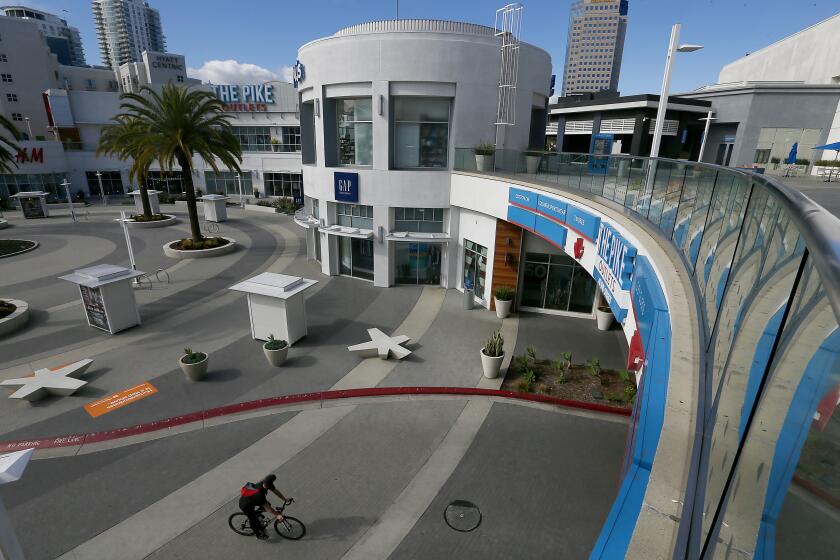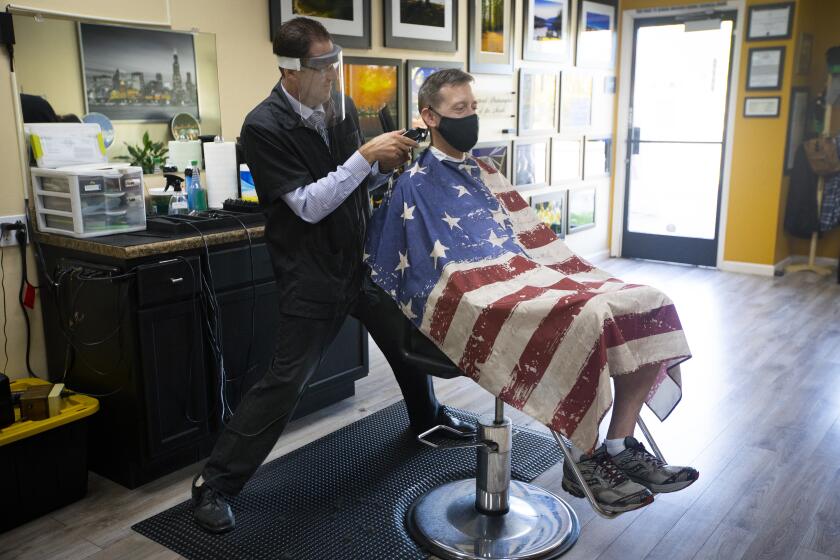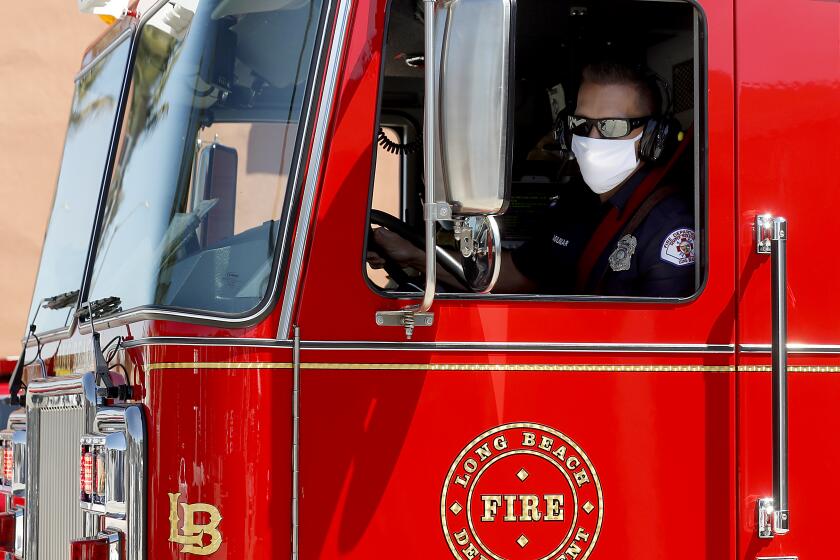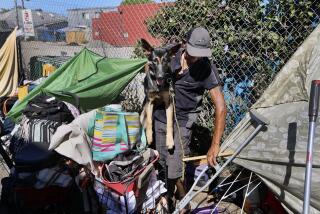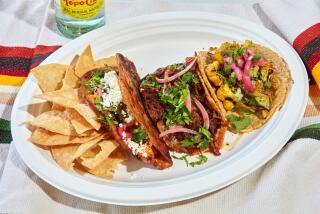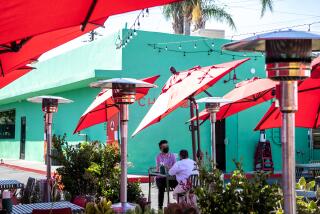With restaurants hurting, cities look to turn streets into dining rooms
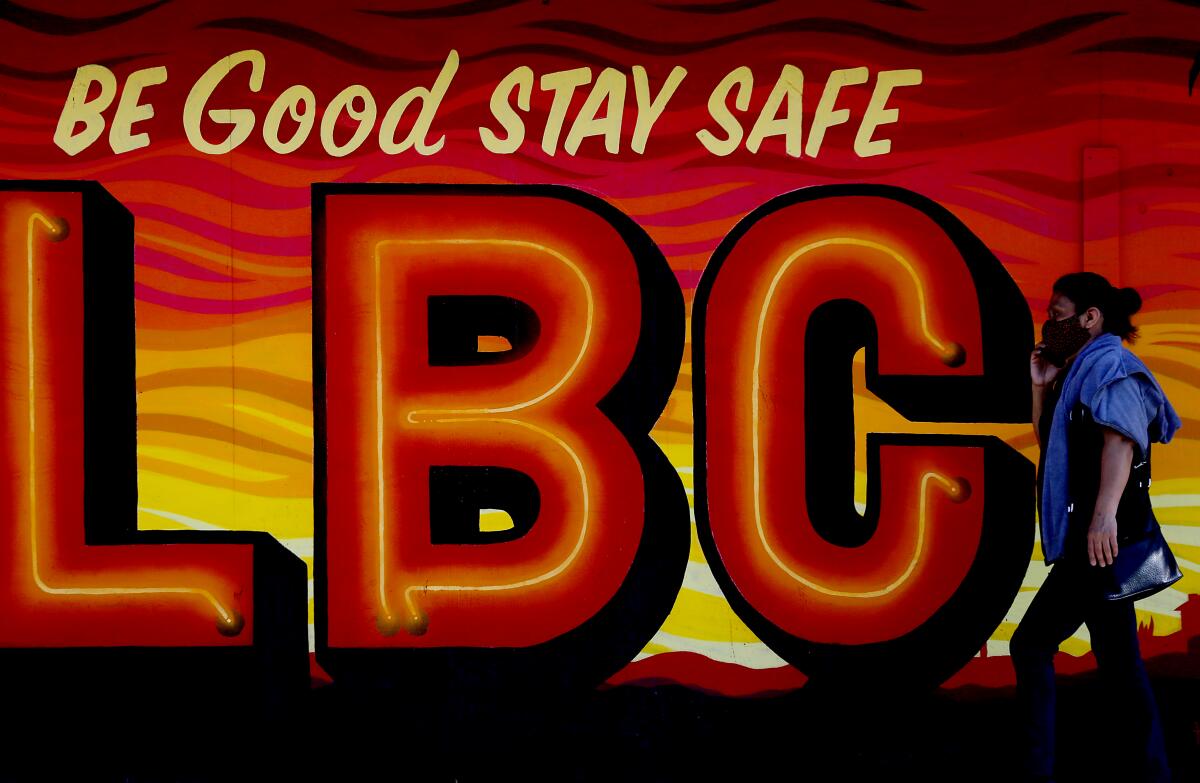
As coronavirus restrictions keep many indoor areas off-limits, some communities are talking about opening up streets to outdoor dining to help the battered restaurant industry.
The idea of taking over parts of streets has become a national trend as traffic declined due to stay-at-home orders. Closing off streets has given people more space to walk and exercise.
But some cities are thinking about taking it a step further.
The city of Long Beach is exploring an “open streets initiative” that would repurpose some roads to accommodate recreation and outdoor dining.
Mayor Robert Garcia said in a community message that the initiative would “open up more public spaces for outdoor dining, transit access and economic activity, with safe physical distancing.”
“Opening up streets and other public spaces to new uses creates more room for people to be outside, spend time with the community and support local businesses without overcrowding,” he wrote.
Health officials have emphasized that avoiding crowds and not gathering with people from other households are among the most effective ways to prevent the spread of the coronavirus.
Long Beach issued guidelines for the reopening of some recreational areas after several weeks of stay-at-home orders amid the coronavirus.
While many specifics would still need to be hammered out, extending dining areas into outdoor open spaces such as parking lots, sidewalks and streets appears to be a particular motivation.
Doing so is important, Garcia said, since Long Beach’s restaurant dining rooms remain closed under state and local health orders.
“Even though they’ve been allowed to continue serving customers through pickup and delivery, that hasn’t provided enough revenue for many establishments and some restaurants just aren’t set up for that model,” he wrote. “We want to do everything we can to help restaurants get open and stay open.”
Visual look at the third phase to reopen California amid the coronavirus outbreak.
Long Beach isn’t alone in considering how to reimagine its outdoor areas for residents that have long been cooped up indoors.
Other cities — including San Diego, San Francisco and Oakland — have restricted traffic on some streets to create space for people to walk, bike and jog at a safe distance.
The Huntington Beach City Council unanimously voted Monday night to look at expanding outdoor dining.
Councilmen Mike Posey and Patrick Brenden introduced the item on expanding local restaurants and allowing for outdoor table service.
“My vision is that on private property, restaurants that are limited to a certain percentage of indoor capacity may not necessarily need the number of parking spaces they have outdoors,” Posey said. “Those parking spaces can be utilized for outdoor restaurant service, and that combination would be fluid. As the number of patrons can increase on the inside, the parking spaces on the outside would decrease.”
He noted that Huntington Beach has more than 600 restaurants that employ about 8,800 people, many of them now out of work.
“We already allow restaurants to deliver to-go meals to customers picking up, and we also allow them to deliver cocktails to go. It would seem that the natural extension of that service would be to allow those patrons to take those meals and beverages to a table that’s right outside the restaurant.”
The city of Los Angeles Slow Streets initiative, which limits street traffic to neighborhood residents, launched Friday in Del Rey and Sawtelle.
“Adding more open public space while the ‘Safer at Home’ health order remains in effect will make it easier for people to move throughout the city and for businesses to survive, while ensuring the social distancing that will be necessary for the foreseeable future,” sponsors of Long Beach’s proposed initiative wrote in their memo.
In rapid succession, firefighters in one Long Beach station got COVID-19. The city scrambled to stop the spread and enacted changes.
Long Beach had reported 1,305 total cases of COVID-19 as of Tuesday morning — though 848 of those people have since recovered.
The city’s coronavirus-linked death toll is 52, and 63 people were hospitalized as of the latest update.
Times Community News staff writer Matt Szabo contributed to this report.
More to Read
Sign up for Essential California
The most important California stories and recommendations in your inbox every morning.
You may occasionally receive promotional content from the Los Angeles Times.
